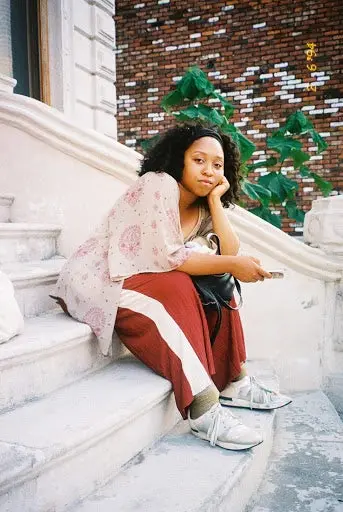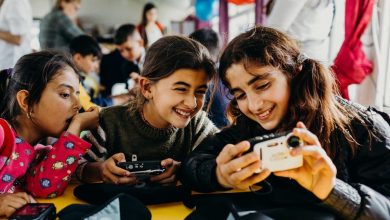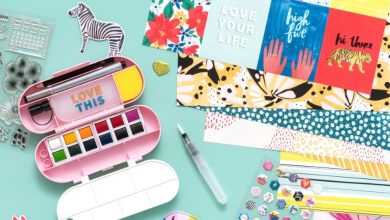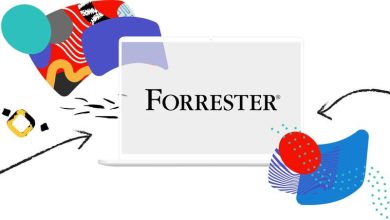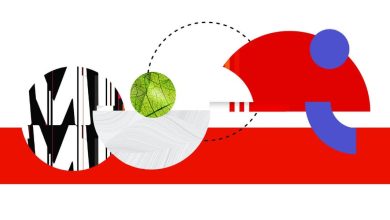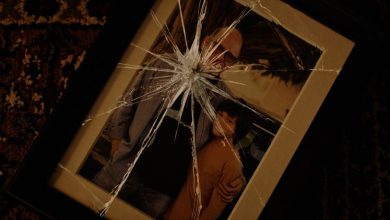Zenzele Ojore draws film inspiration from family archives
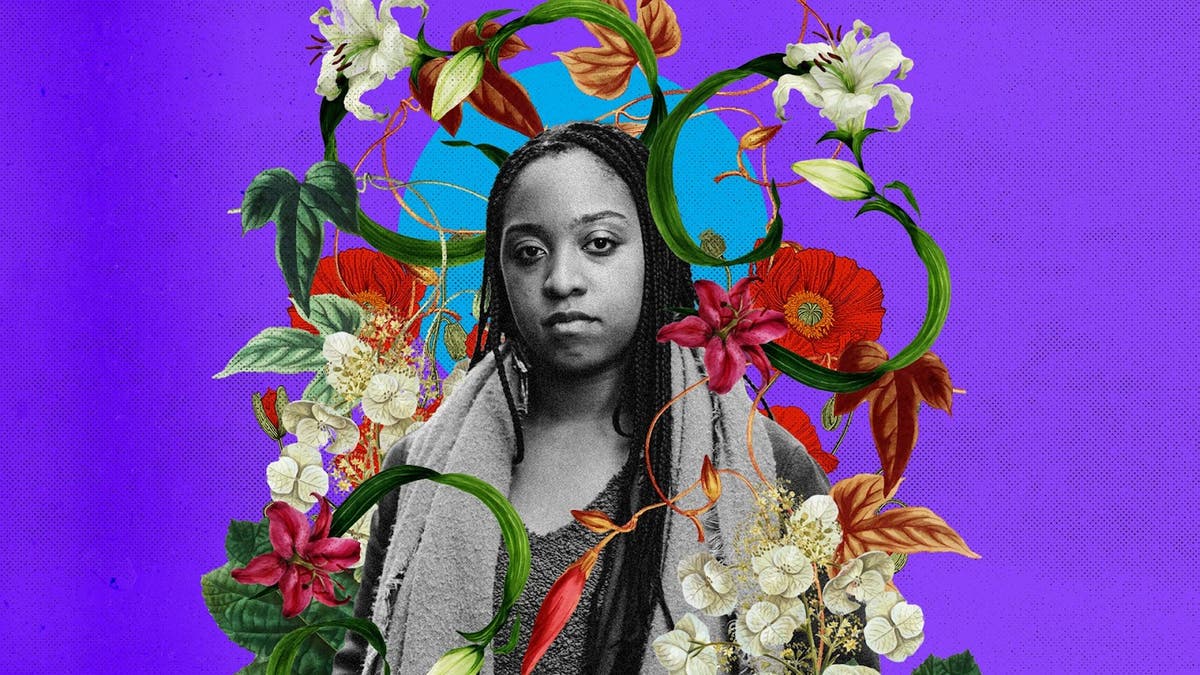
Meet New Voices in Film: Zenzele Ojore
Illustration by Natasha Cunningham.
Meet Zenzele Ojore, a brilliant, multi-talented filmmaker, storyteller, and interdisciplinary artist whose award-winning short films have played at festivals including Sundance (Horizon Award) and SXSW.
Shot on 16mm interspersed with archival footage, her mesmerizing film, “The South is my Sister’s Skin”, is a poetic, coming of age piece seen through the lens of the American South, written and narrated by Zenzele herself. She is currently working on the feature length version of this film, as well as a short film set in Louisiana.
Adobe had the honor of getting a closer look at her story.
Contents
Could you tell us about your background?
I was born in Houston, Texas, and raised in the suburbs of Stone Mountain, Georgia, where tall stalks of sugarcane grew in my backyard. In summers as a kid, my family would travel to Opelousas, Louisiana, where my sister and I would spend hours looking inside crawfish holes behind my maternal grandparent’s trailer.
I received my BFA from the Rhode Island School of Design in 2018. During my time at RISD, I made a mixed media film about the melting glaciers in the Torres del Paine National Park with Adobe Students and also received a fellowship to make photo and video work in the Bwindi Impenetrable National Park.
I’m currently living in Brooklyn and attending the graduate film program at NYU’s Tisch School of the Arts as a dean fellow. I’m also a current 2021 Sundance Ignite x Adobe Fellow.
How did you get started in film?
I enrolled in the Savannah College of Art and Design’s pre-college program a couple of summers before I went to college. It was there that I made my first short film. The film was selected to screen at the SXSW Film Festival in 2013 with the Texas High School shorts program. While there, I was able to see an array of features and short films that truly moved me, including the music video Until the Quiet Comes by Kahlil Joseph. After attending the festival, my curiosity in filmmaking transformed into a desire to turn it into a career.
What inspires you and your creativity?
I like to think of the work I make (whether moving or still) as all being a kind of collage, sourced from the art, music, literature, and memories that have moved me.
I draw inspiration from artists, writers, filmmakers: James Baldwin, Ralph Ellison, Toni Morrison, Noah Davis, Gordon Parks, Deana Lawson, Kahlil Joseph, Andrea Arnold, Gus Van Sant, Henry Taylor, Seydou Keïta, Malick Sidibé, Octavia Butler, James Alan McPherson, Alexander Chee . . . amongst a long list of many others.
How do you seek inspiration?
I seek inspiration now from my own family archive. While at art school, I craved representations of Black Americans in art or photo history lectures that I could identify with. Images that could authentically represent the reality that I knew to be true.
It was only when I went back home to the South and looked into my own family photo albums or got access to VHS tapes that spanned more than a decade that I began to think that the art I craved to see had already been made by people who came before me. That they had already been able to articulate in photos and video a way of telling our stories that I wished to participate in.
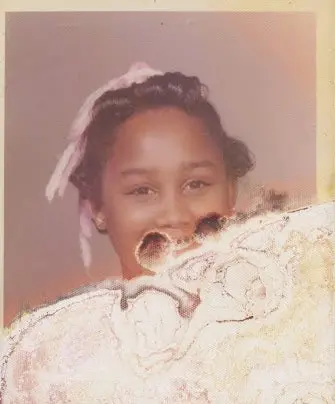
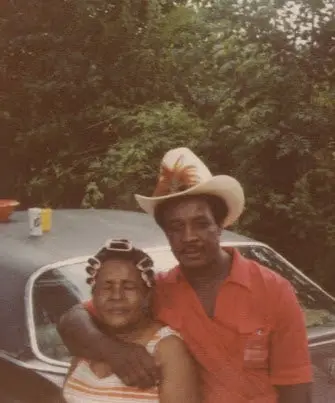
Do you have any advice for emerging filmmakers?
Reading as many books as you can get your hands on from various perspectives.
Do you have a creative routine?
In my films, I see location as an essential character, so my creative routine involves spending a lot of time in the places I intend to film. It’s important for me to know both what makes a place unique and how the people who live there interact with the environment.
Why is sharing your voice important?
For me, sharing my voice became important when I realized that telling my stories was also about telling the stories of those that came before me, those who ultimately are the reason I have a story to tell.
Source : Adobe

